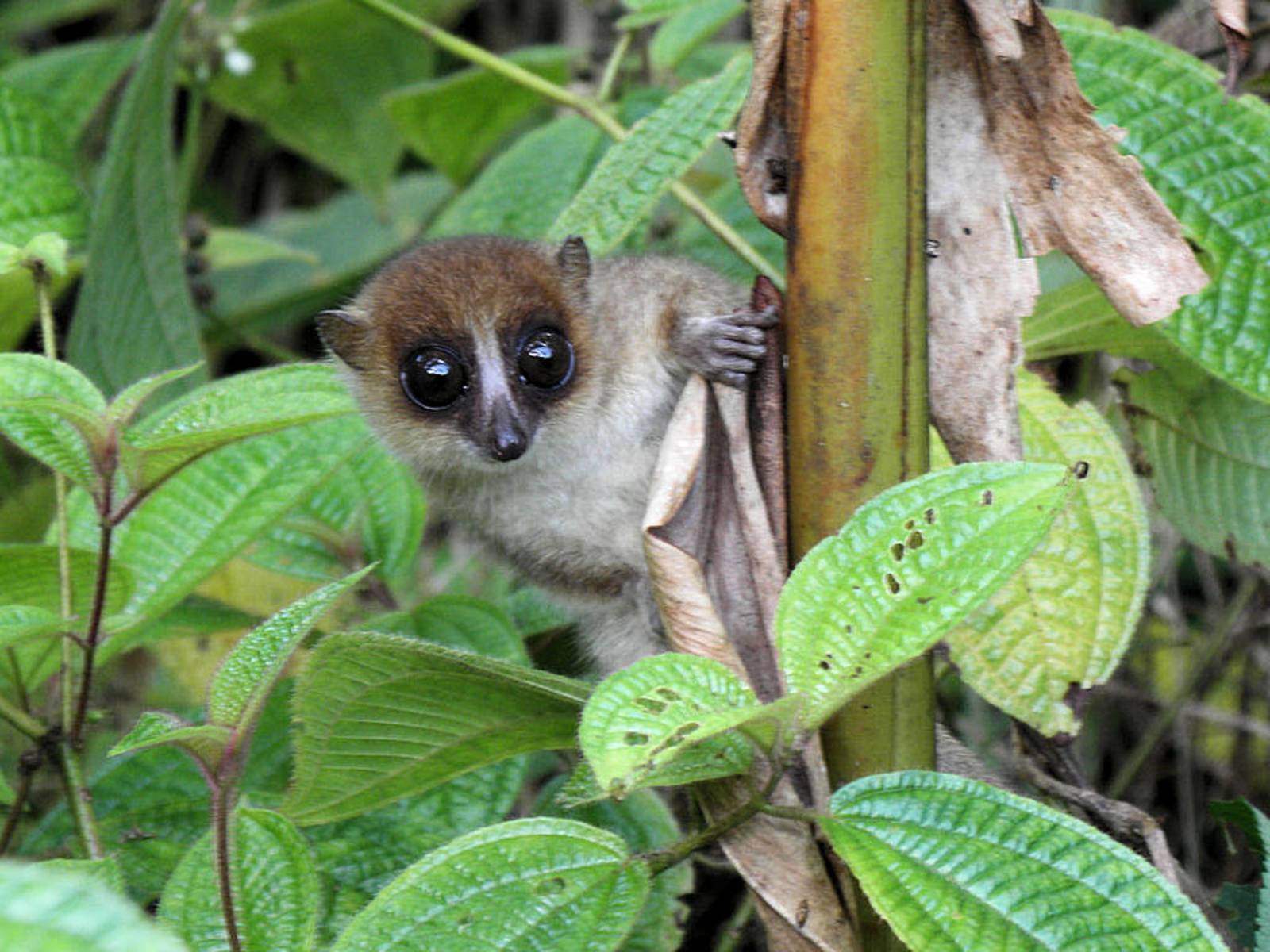A group of scientists from six countries has discovered a new species of mouse lemur in Madagascar. The research team was studying the diversity of mouse lemurs in the rainforests of northeastern Madagascar. To determine the extent of interspecies differences, they used genetic approaches combined with a description of size, fur coloration, habitat and distribution for a total of 117 individuals. This revealed a previously unknown species of mouse lemur, thus increasing the number of described species to 25. TiHo scientists played a key role in describing six of them. The research team published these recent findings in two journals, American Journal of Primatology and Systematic Biology.
Mouse lemurs
Mouse lemurs are a subcategory (colloquially known as the ‘wet-nosed’ primates or Strepsirrhini) of the primates called lemurs. More than 100 species of lemur have been found to date. They are endemic to Madagascar, with a few species also inhabiting smaller islands nearby. Professor Ute Radespiel (of the Institute of Zoology) and Ph.D. student Dominik Schüßler (of the University of Hildesheim) were instrumental in the discovery of this new species.
Jonah’s mouse lemur (Microcebus jonahi)
The new species has been named Jonah’s mouse lemur (Microcebus jonahi) und is, with an overall length from nose to tail of around 26 cm and weighing some 60 g, among the world’s smallest primate species. Nocturnal in habit and therefore somewhat inconspicuous, these animals occur only in a small region within the tropical lowland forests of northeastern Madagascar. Radespiel notes: "Although the Jonah's mouse lemur has only just been scientifically described, it is, unfortunately, already in danger of extinction. The loss of natural habitats and the constant change in land use in the region lead to the isolation of small populations, and this favours their disappearance." The new species has been named after Madagascan primatologist Professor Jonah Ratsimbazafy. His long-standing, tireless commitment to protecting his country’s natural resources, and to preserving species and their habitats, have made him a role model for an entire generation. "The newly discovered species bears his name in his honour,” Radespiel explains.
An international research team
A total of 29 scientists from Germany, France, Portugal, Australia, Madagascar and the US were involved in this recent research work. "Without close collaboration between these specialists, this discovery could not have been made or validated,” says Radespiel. Other collaborative projects are already underway. The objective is to understand the diversity inherent in mouse lemurs and to unravel their evolutionary history, thus contributing to their survival.
(Published: 27 July 2020)
 Deutsch
Deutsch
 English
English
 中文
中文
 Danish
Danish
 Eesti
Eesti
 Español
Español
 Suomi
Suomi
 Français
Français
 Italiano
Italiano
 日本語
日本語
 한국
한국
 Nederlands
Nederlands
 Norge
Norge
 Polski
Polski
 Portugues
Portugues
 Русский
Русский
 Svenska
Svenska
 Türkçe
Türkçe
 العربية
العربية
 Romanesc
Romanesc
 български
български
